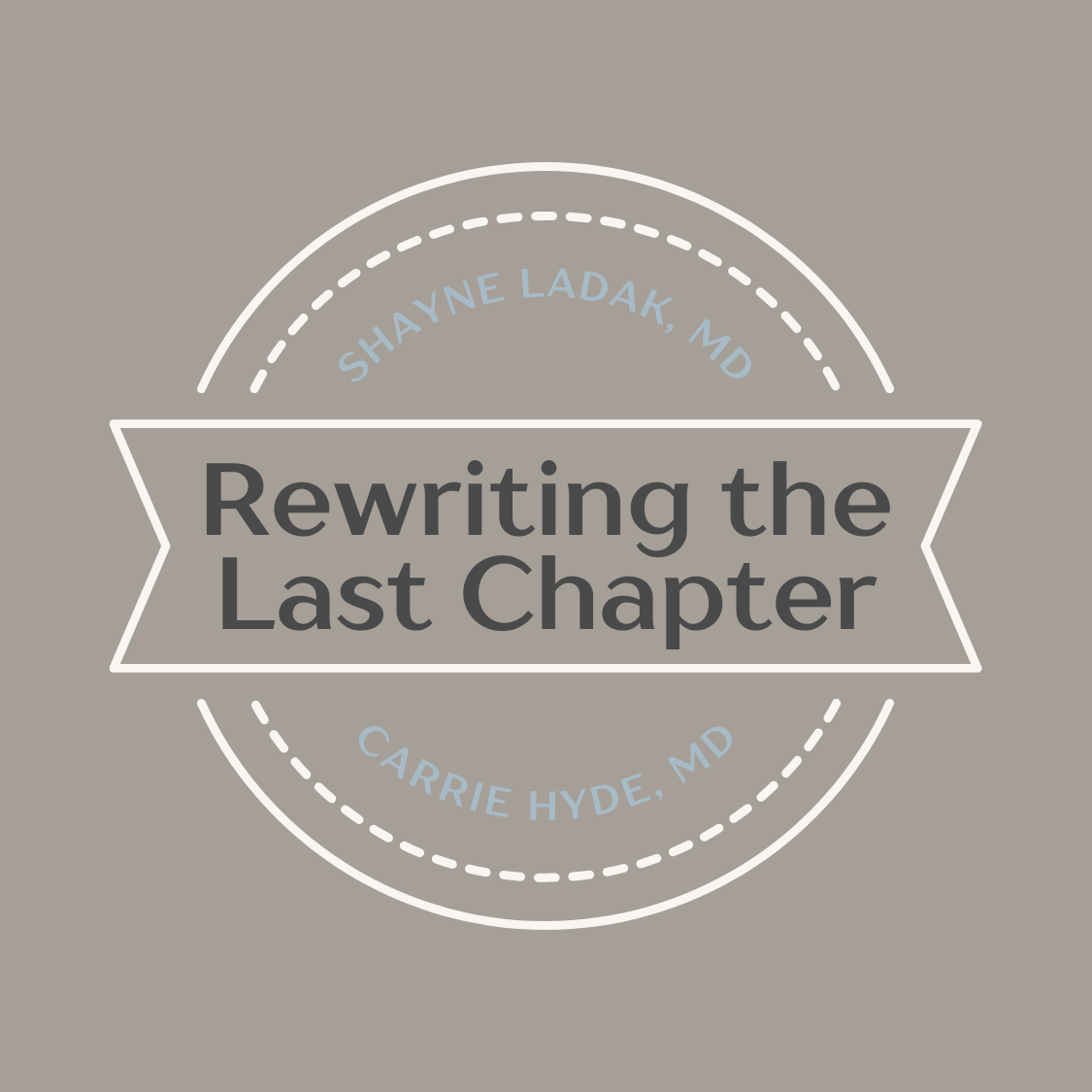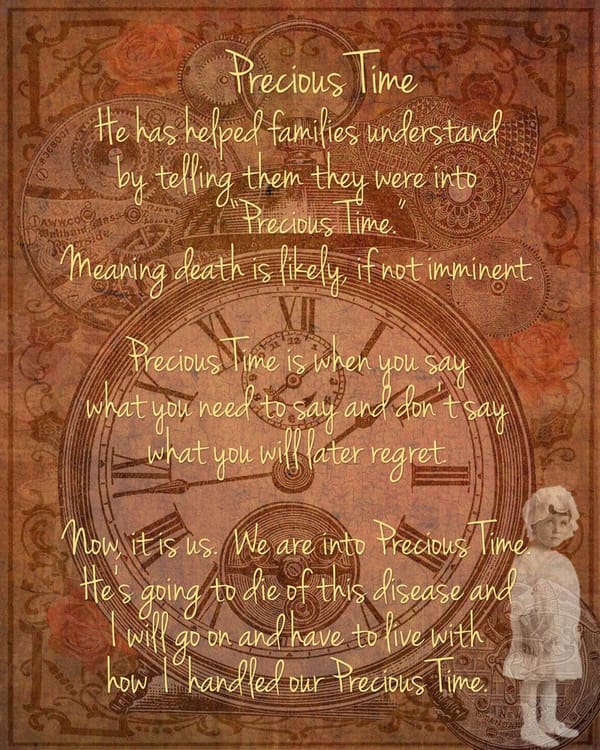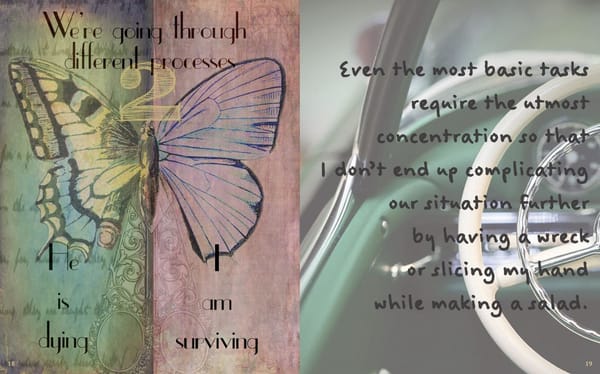Why Death Doesn’t Have to Be Scary: What Halloween and Día de los Muertos Can Teach Us About the Last Chapter

Every October, we do something bizarre.
We cover our houses in skeletons, ghosts, and gravestones.
We dress up as zombies.
We tell creepy stories.
We watch movies about death… for fun.
And yet, bring up real death at the dinner table and suddenly everyone needs to “go check the laundry.”
Isn’t it funny?
We spend a whole season flirting with death—
but when it comes to the real thing, we shut down.
Maybe the problem isn’t death itself…
Maybe it’s the way we think about it.
Let’s look at how different traditions—Halloween, All Hallows’ Eve, and Día de los Muertos—might actually help us rewrite the last chapter into something less frightening… and more human.
1. Halloween: Death… but Make It Fashion
Before Halloween was a candy-fueled costume contest, it was All Hallows’ Eve—a night to prepare for the souls of the departed. People lit fires to guide spirits, dressed up to confuse them, and honored the thin space between the living and the dead.
Somewhere between ancient rituals and aisles of Reese’s pumpkins, we forgot the deeper part.
Now Halloween says:
“Death is scary—RUN!”
But the original meaning said:
“Death is near—LET’S ACKNOWLEDGE IT.”
We may not realize it, but Halloween is our most public, playful expression of the fact that death exists.
We laugh at it. We make it silly.
There’s wisdom in that.
2. All Saints’ Day & All Souls’ Day: The Quiet Reflection
The next two days in the ancient tradition?
All Saints’ Day and All Souls’ Day.
Where Halloween turned up the volume for a night, these days turn it down. They’re about remembering those we love who have died. Lighting candles. Visiting graves. Praying. Reflecting.
It’s like the emotional “day after the party” where we sit in the quiet and honor what matters.
It’s less spooky, more sacred.
Less jump-scare, more memory-sharing.
3. Día de los Muertos: Death with Marigolds, Music, and Meaning
Then there’s Día de los Muertos (Day of the Dead), mostly celebrated in Mexico and Latin America. And let’s be clear:
This is not “Mexican Halloween.”
This is a love letter to the dead.
Families build altars with photos, marigolds, candles, and the favorite foods of their loved ones. They visit graves. They tell stories. They laugh. They eat. They sing.
It’s not morbid.
It’s not sad.
It’s beautiful.
Because in this tradition, death isn’t disappearance.
It’s connection.
And here’s the most powerful part:
People believe that the dead return—not to haunt them—but to celebrate WITH them.
Imagine if we treated death that way in healthcare.
4. Wait… Why Do Some Cultures Fear Death While Others Dance with It?
Western culture:
- Avoid it.
- Medicalize it.
- Hide it behind hospital curtains and euphemisms like “passed” or “expired.”
(Expired… like a coupon or milk?)
Other cultures:
- Normalize it.
- Ritualize it.
- Bring it to the table (sometimes literally).
One approach creates silence and fear.
The other creates meaning and peace.
Which one actually helps us live—and die—better?
5. What Palliative Care Can Learn from These Traditions
As palliative care professionals, we sit in the sacred space where life meets death every day. And these traditions offer powerful lessons:
Bring death back into community
It shouldn’t be something we face alone.
Use humor and creativity
Skeleton décor isn’t disrespectful—it’s human. Play disarms fear.
Preserve story and legacy
Who were they? Who did they love? What mattered to them?
Honor memory, not just medicine
Vitals are important. So are voices.
Let people write their own last chapter
With choice. With ritual. With dignity.
6. Just for Fun: How Different Traditions “Handle” Death
| Tradition | What It Does with Death |
|---|---|
| Halloween | Dresses up as it |
| All Souls’ Day | Prays for it |
| Día de los Muertos | Invites it to dinner |
| Modern Healthcare | Pretends it’s not happening |
Ouch.
We can do better than pretending.
7. Maybe the Scariest Part Isn’t Death…
Maybe it’s the silence around it.
What if we:
- Talked about it before it’s an emergency?
- Included family, not just paperwork?
- Made space for music, memory, food, laughter?
- Asked people how they want the last chapter to read?
What if we approached the end of life the same way Día de los Muertos does—
with love, color, and storytelling?
8. Rewriting the Last Chapter
Death will always be mysterious.
It may always carry grief.
But it doesn’t have to be terrifying, sterile, or lonely.
This season—while we hang skeletons on the wall and paint sugar skulls—remember:
We’re not playing with fear.
We’re practicing courage.
We’re acknowledging what’s real…
and choosing to make it beautiful.
What if the last chapter of life wasn’t written in whispering hallways and fluorescent lights…
…but in community, memory, music, and meaning?
Halloween and Día de los Muertos might just be the blueprint.
Maybe death doesn’t need to be the villain of the story.
Maybe it’s the final plot twist that reminds us how deeply we loved.
Ready to keep rewriting the last chapter?
Let’s laugh at it. Talk about it. Celebrate it.
And most of all—let’s make it human.





